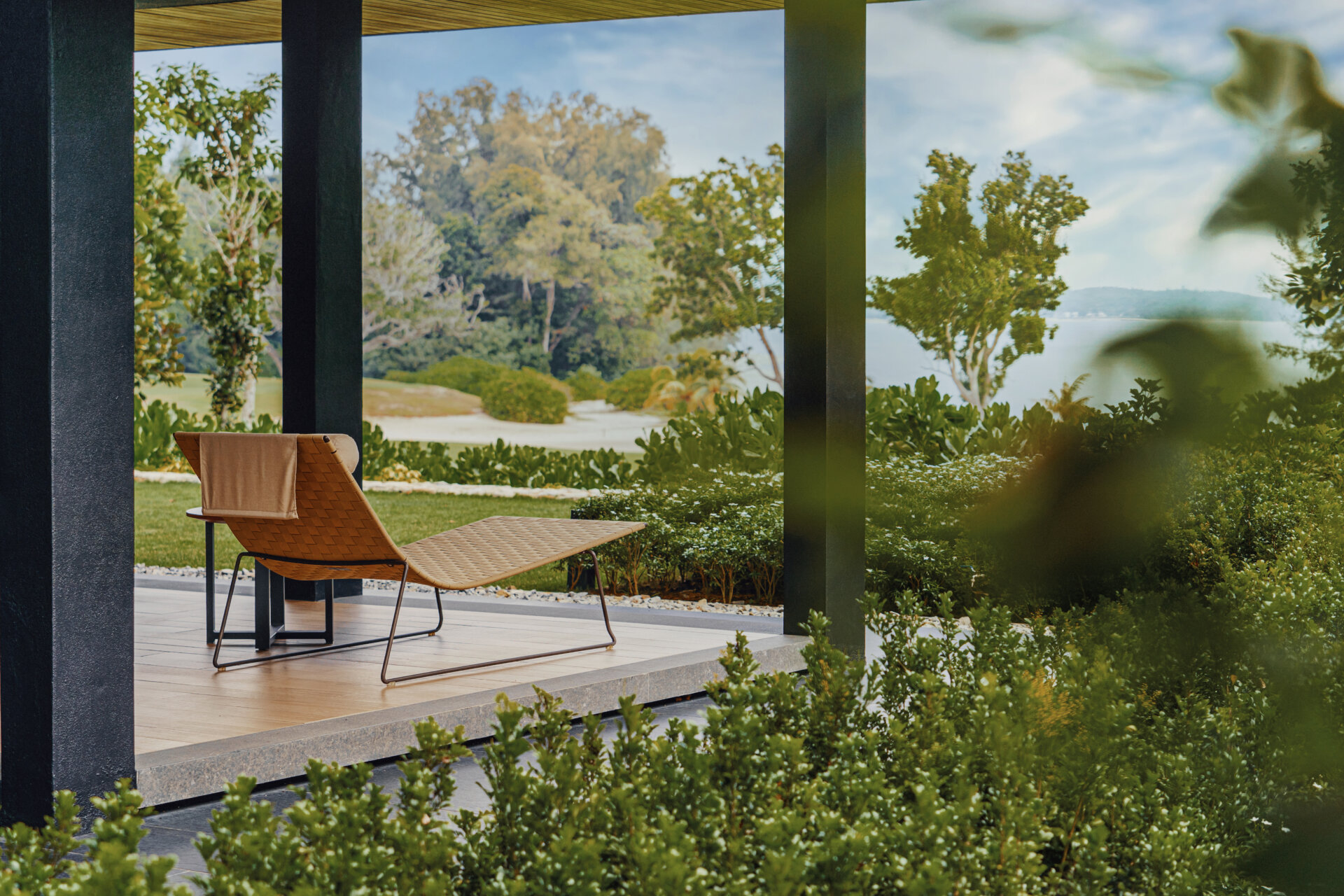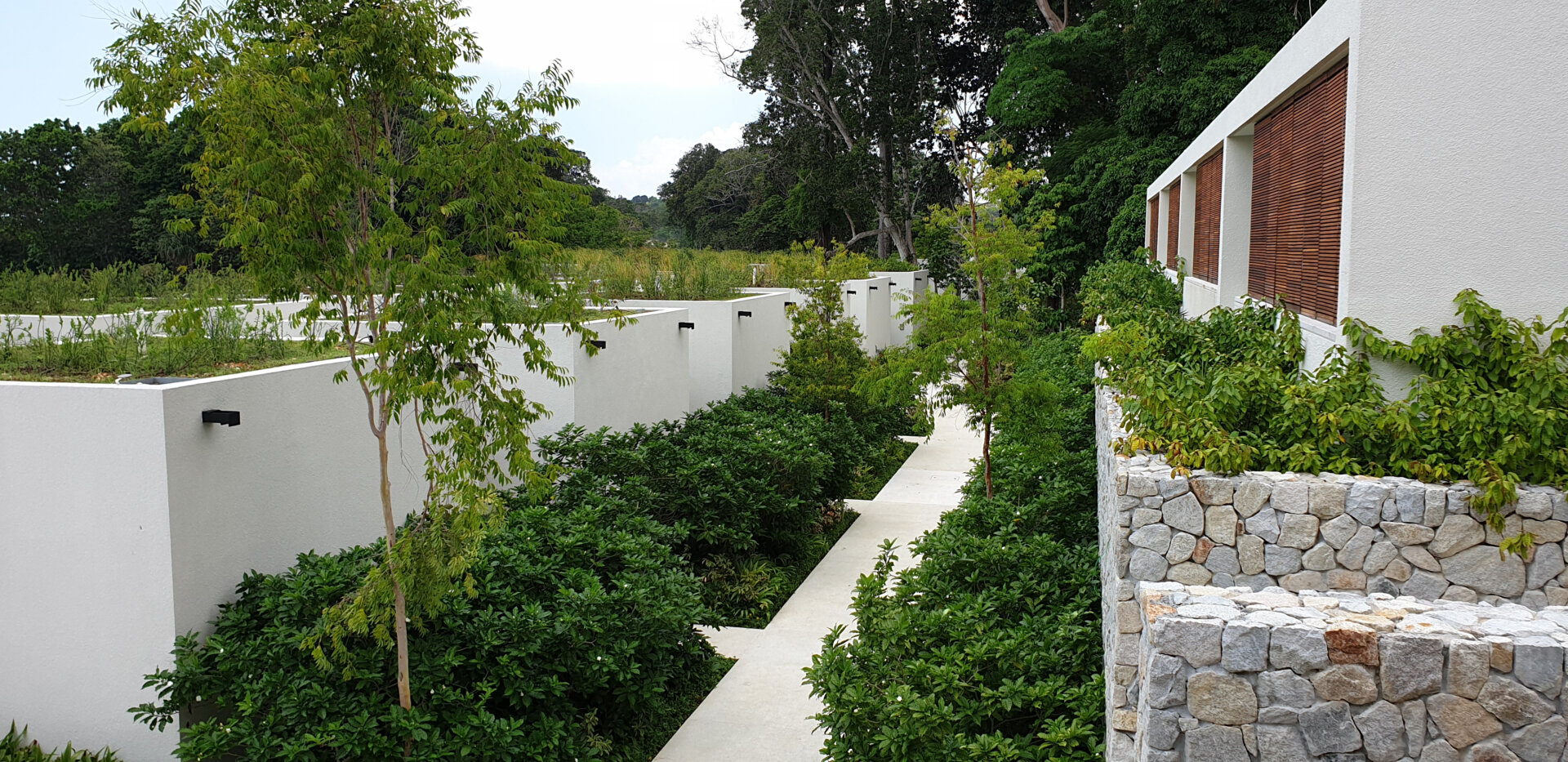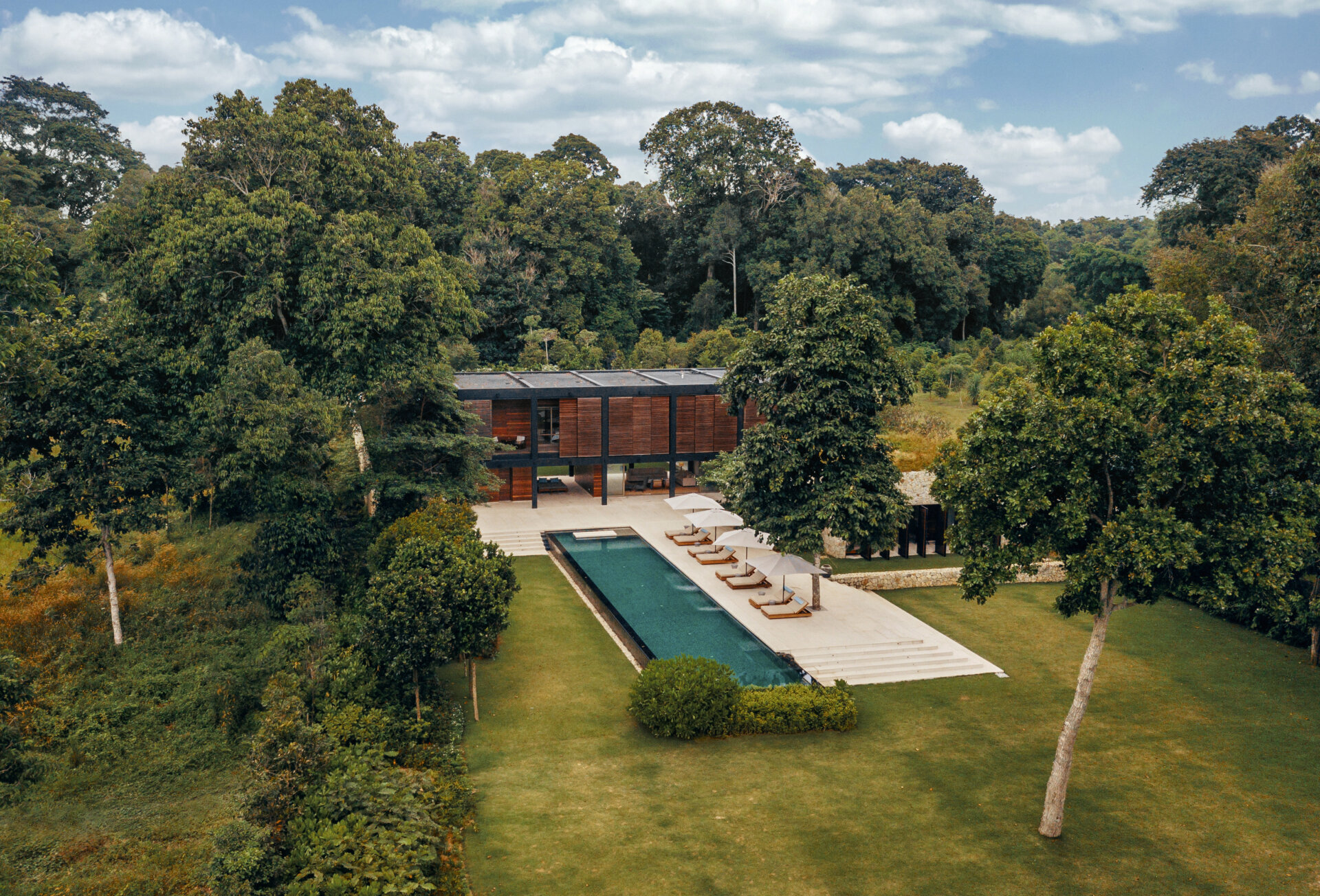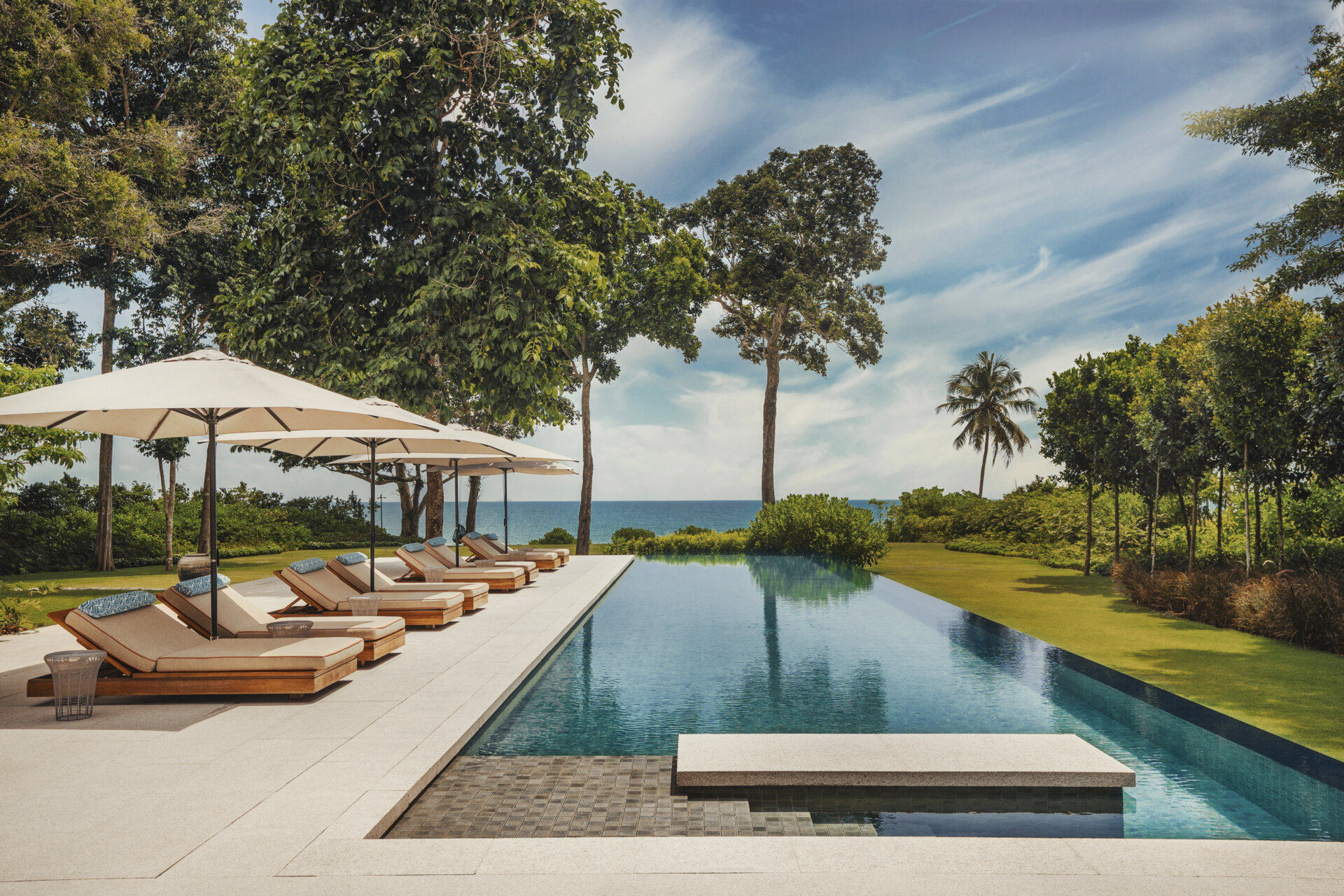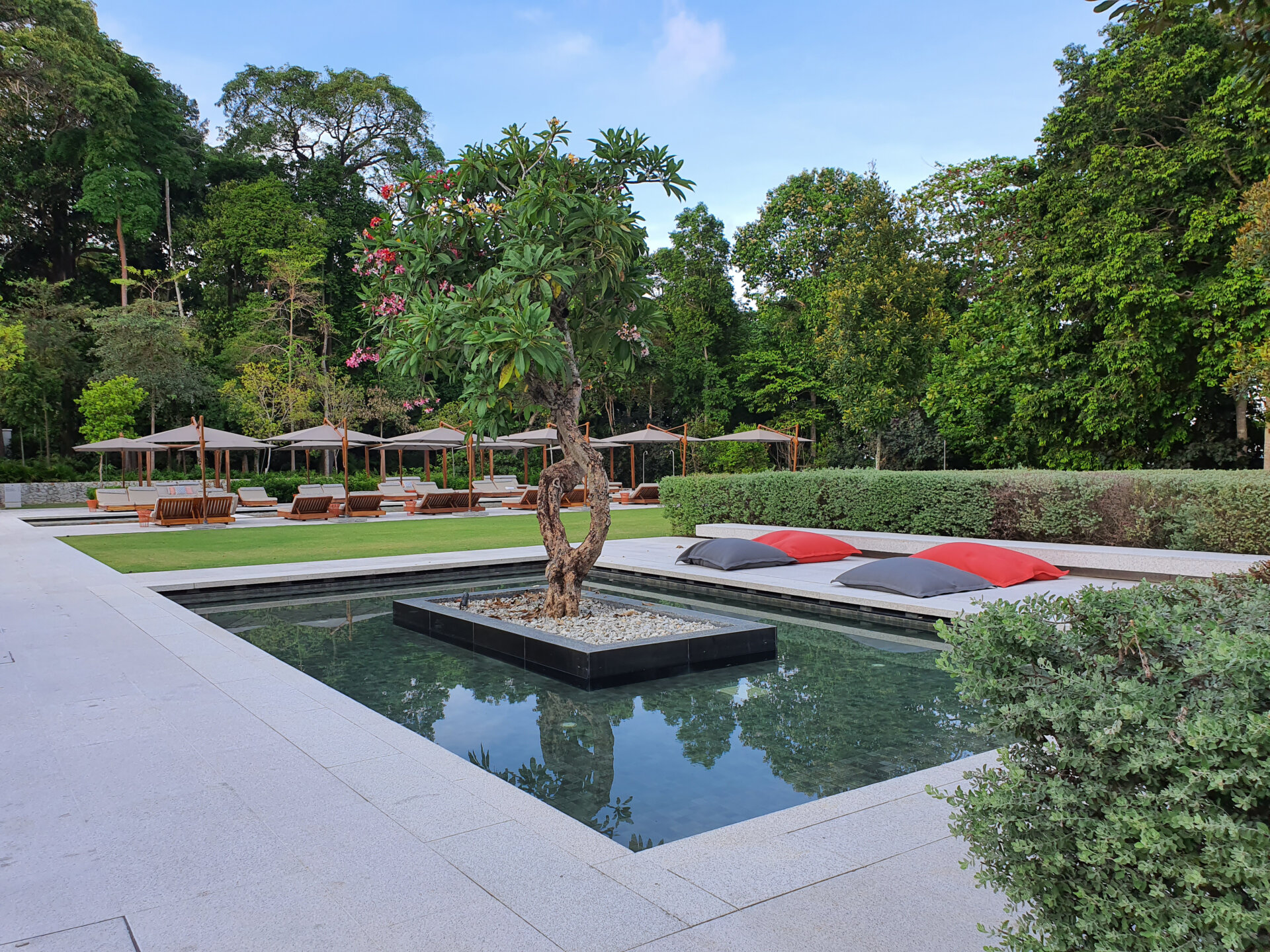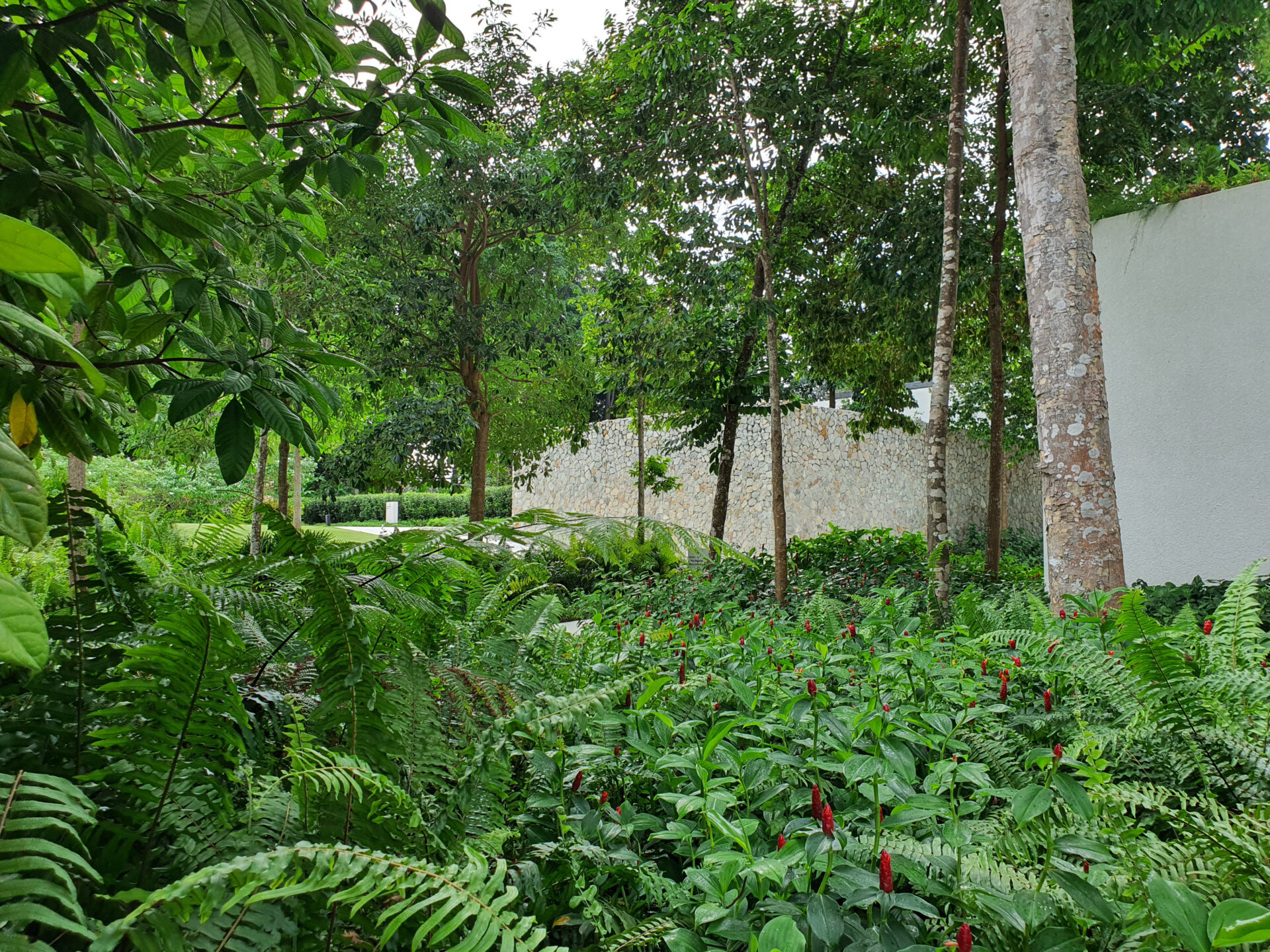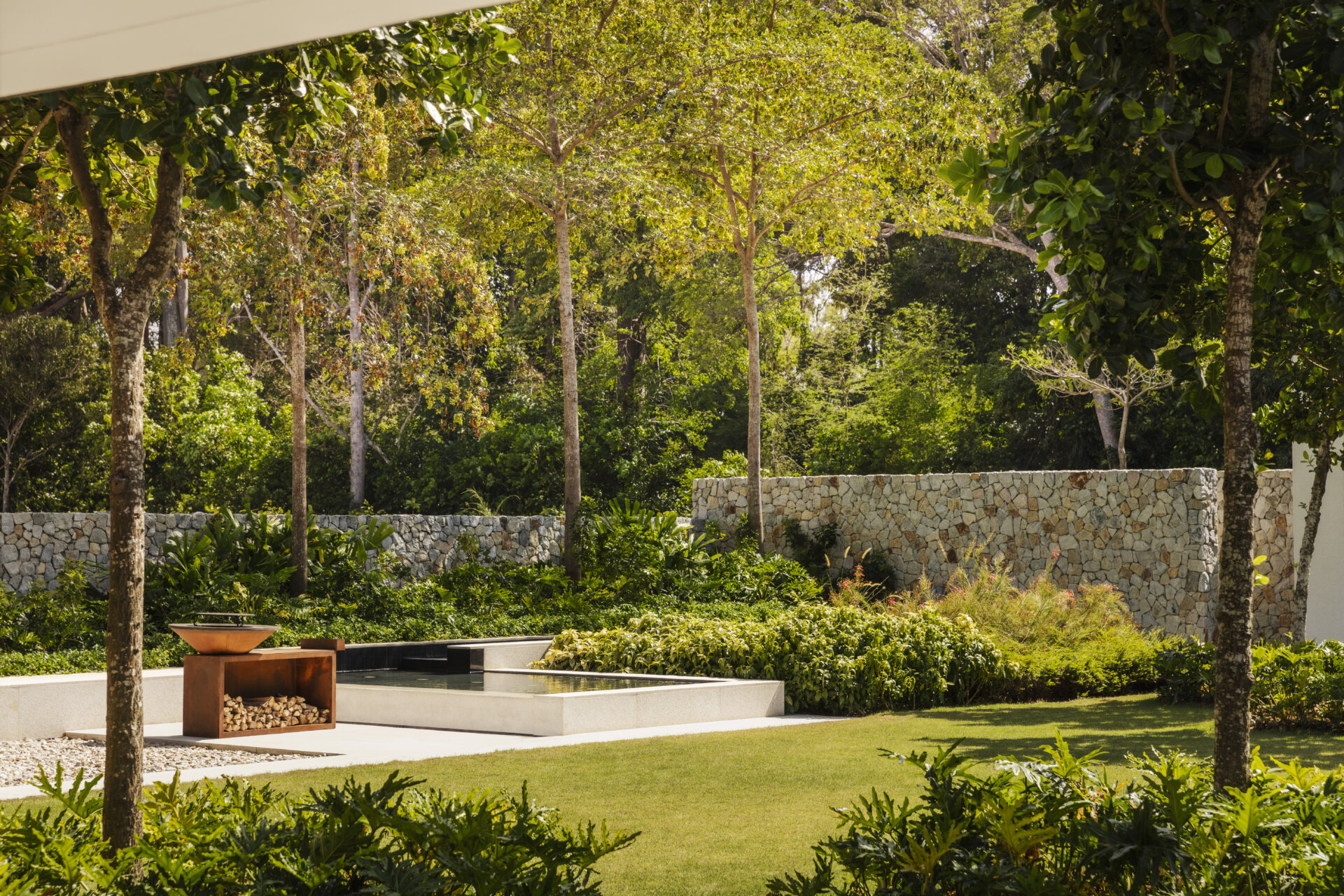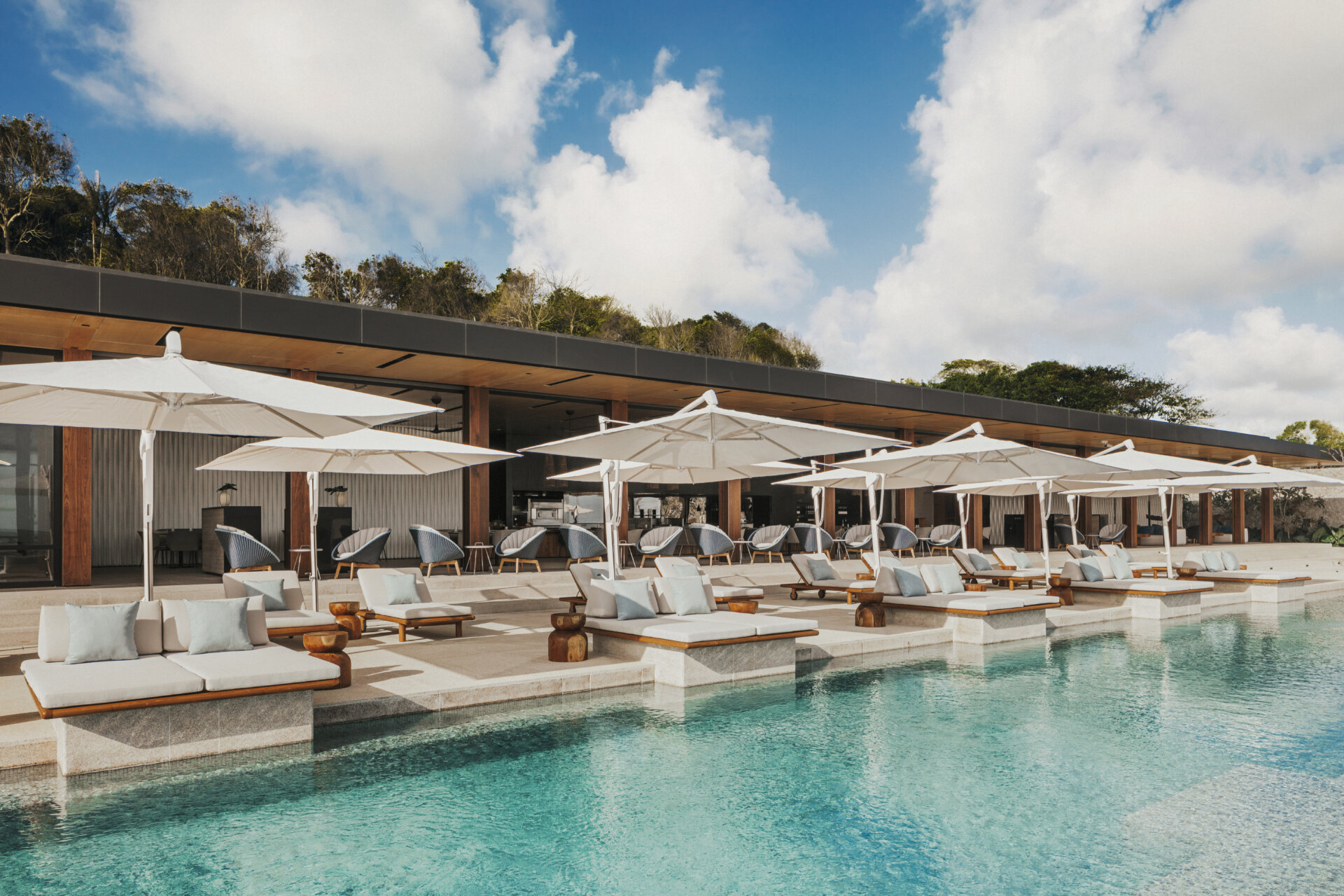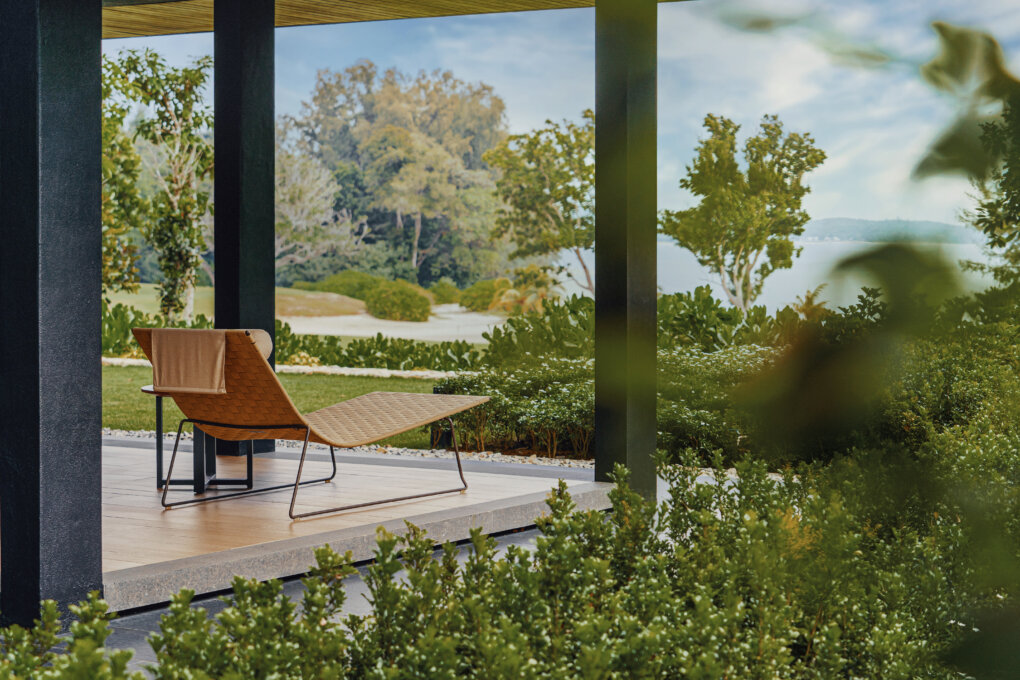

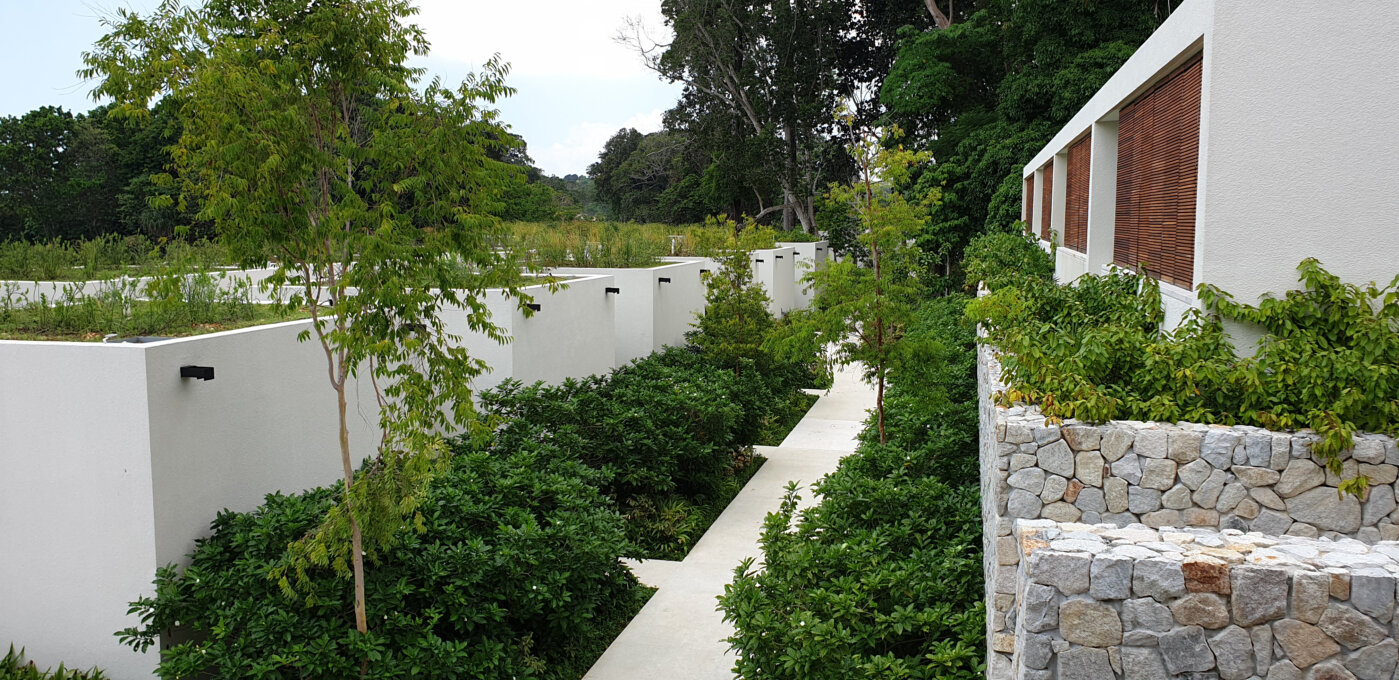


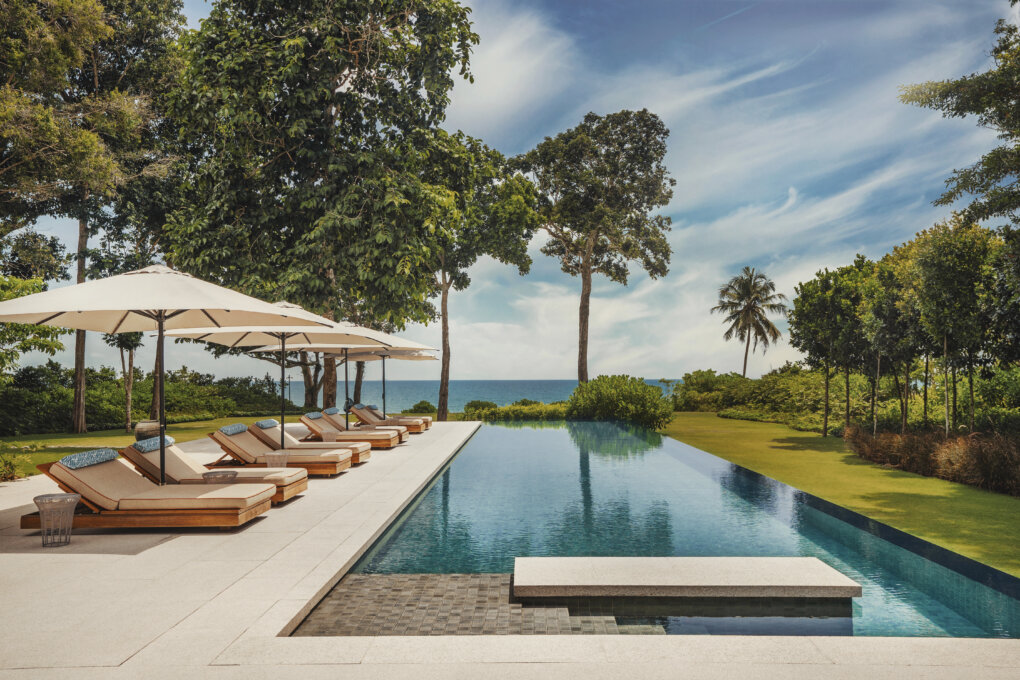
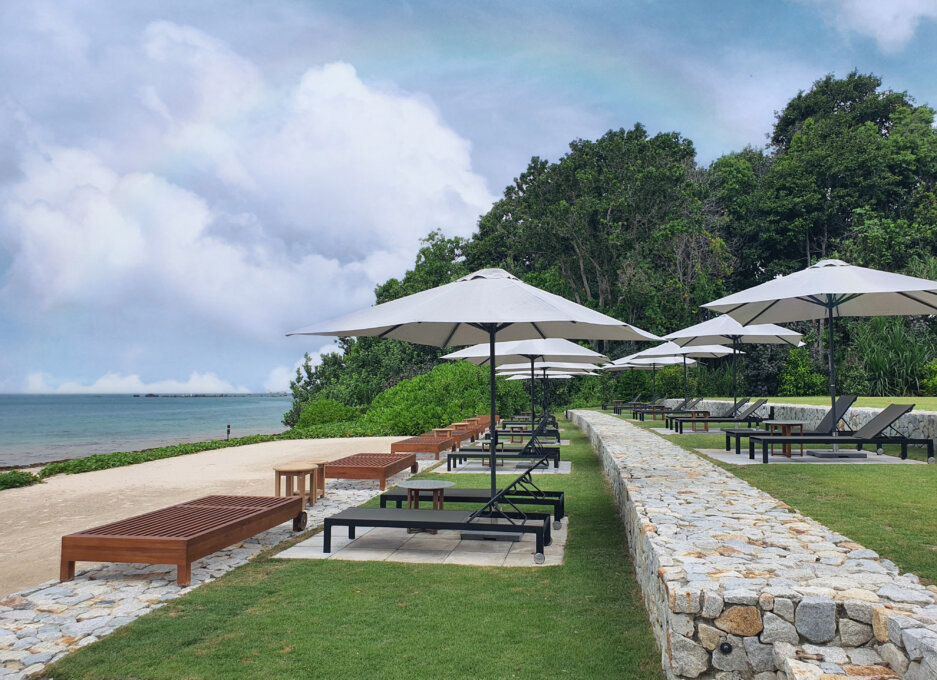
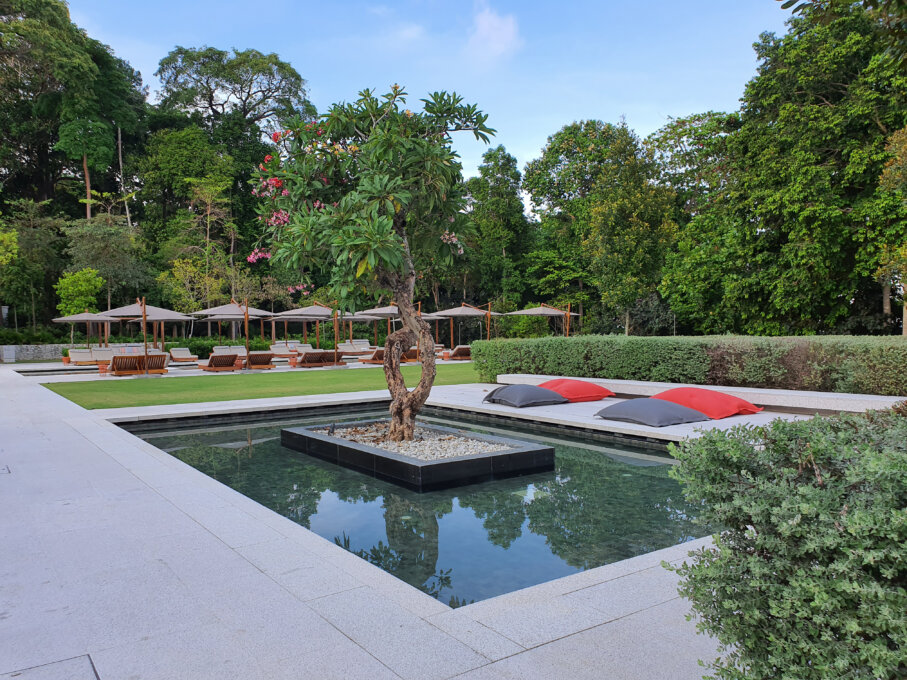
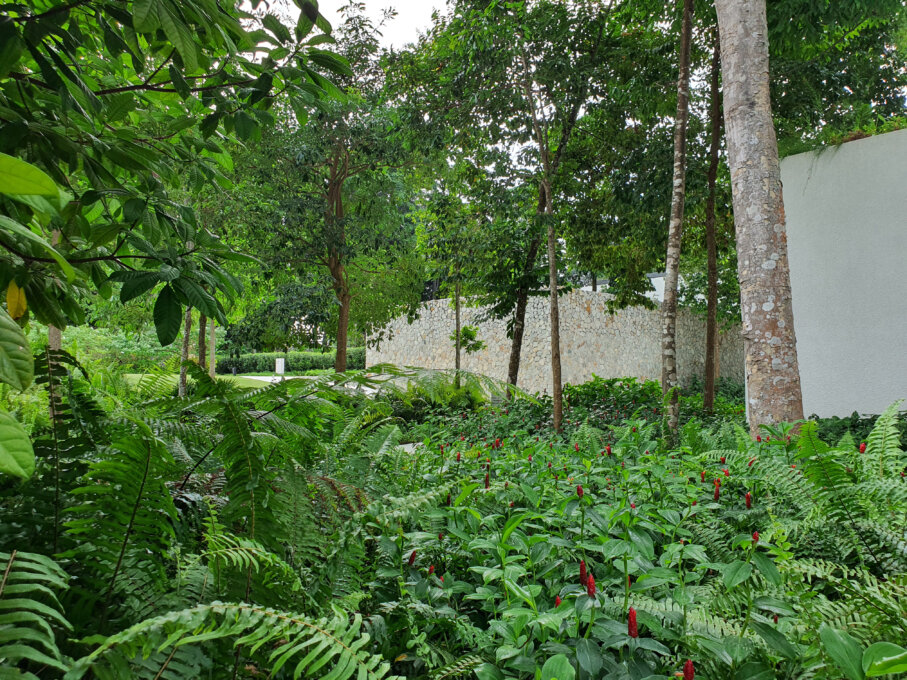
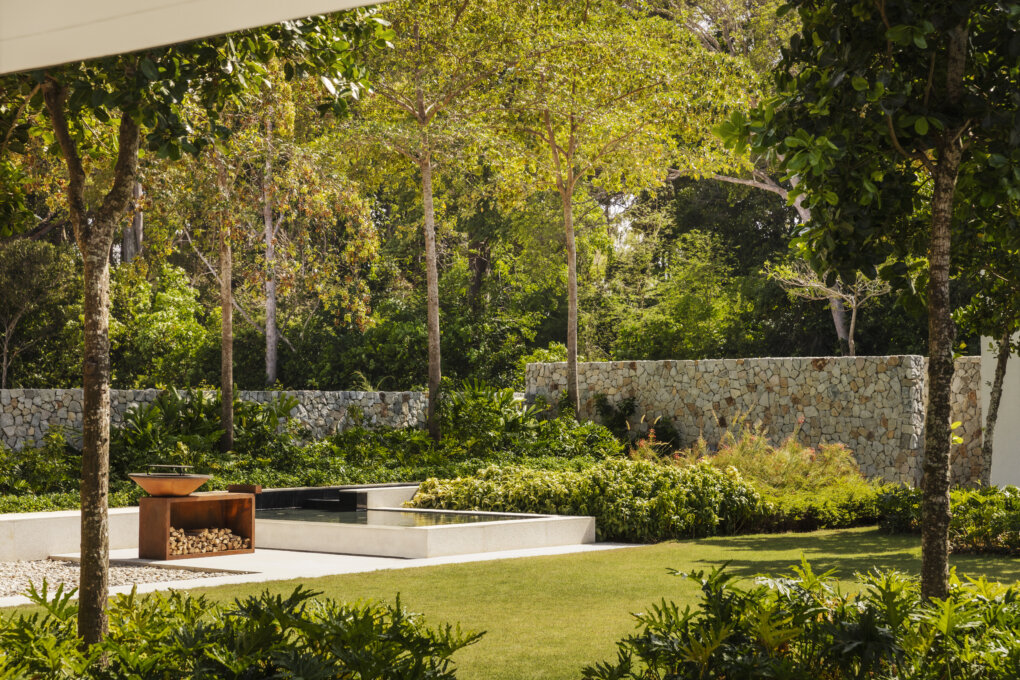
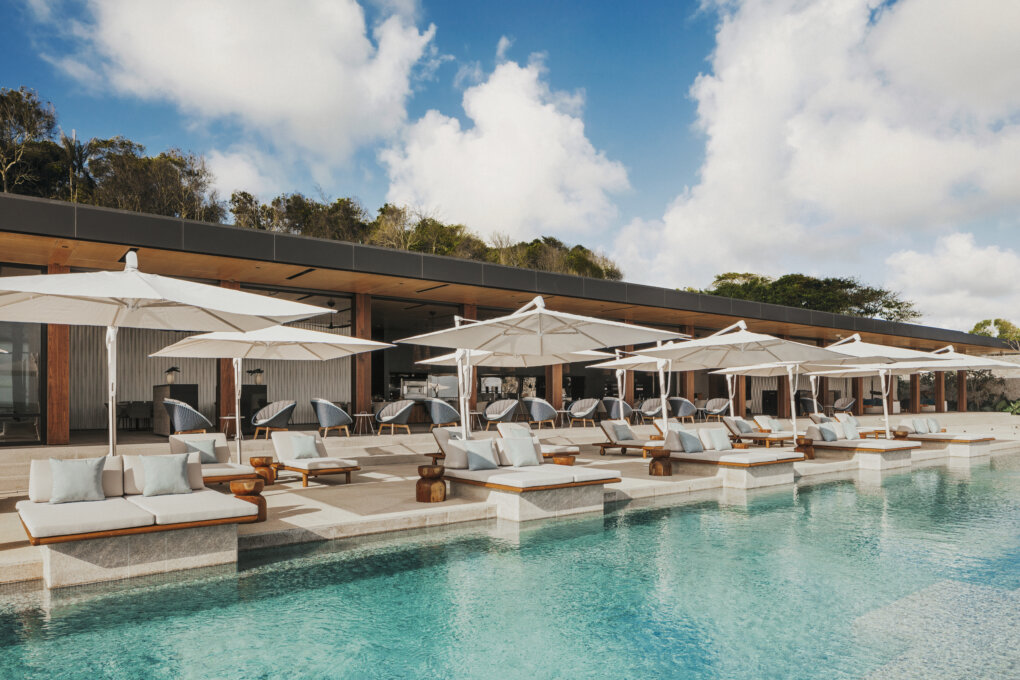
Share to
One & Only Desaru Coast
By : WAA +
GRANDS PRIX DU DESIGN – 15th edition
Discipline : Landscape & Territories
Categories : Landscape Architecture / Landscape Architecture - Commercial & Office Project : Gold Certification
Nested on a 153 acre piece of land between an ancient forest and the South China Sea along the shores of Desaru in Johor, Malaysia, One & Only Desaru Coast is a unique resort that cohesively merges existing ecosystems and local cultures. The Desaru forest possesses a distinctive ecosystem due to its proximity to the South China Sea and to the monsoon season (October-February). This scenario, combined to poor soil conditions led to a site-specific design where a thorough understanding of the forest and its context set the tone for the entire project. Thus, the design of the resort was inspired by the hidden geometry of the overlapping forest layers and tree grids and the weather of the area. The result is a resort that welcomes both active and passive uses.
The forest is composed of three distinct layers, each of them having different typologies of plant species and consequently different eco-activities. The first layer (shoreline areas) is usually comprised of multi-branch trees with large succulent leaves acting as wind-barriers to protect the inner parts of the forest from the monsoon. The impact of the weather can be seen in the sculpted tree line along the shores. The second or middle layer of the forest is denser and is composed of intermediate species creating an underlayer of vegetation favorable to animal life. The third layer of the forest or the inner-land is constituted of emergent and intermediate tree species making it the most stable part of the forest. The main areas of the resort are located within this third layer where the natural landscape is protected from the monsoon. The resort is connected to the shoreline by opened areas that had naturally been cleared over the time.
Because of its soil classification, it was difficult to plant new species. A selection of plants was determined by observing and mimicking nature. Species that grew well in the local forest were chosen. Most of the trees within the resort were preserved; some were transplanted and the few trees that had to be felled were transformed and used elsewhere in the resort for building the children playground, creating artworks or as soil stabilizer.
Local culture and permaculture principles are used to ensure no wildlife is harmed in the day-to-day activities of the resort. It proved necessary to have a good understanding of the main species permeating the land to establish control parameters. For example, instead of using walls of electrical fences to prevent macaques from venturing in the roadways, natural barriers of plants feared by primates were created. Larger animals such as the coastal panther and the tapir use the middle layer of the forest to transit: their preferred passageways were identified and protected. Existing thorny plants were propagated in order to create natural barriers from either side of the passageways in areas close to human activities.
The resort was designed using nature as its main guide. The underlying idea of the whole project was that Nature and the built environment can coexist in harmony, especially today where one supposedly has to prioritize a given aspect over another. Many lessons can be learned from Nature and, if one allows its guidance, there shall be ways Humans and Nature can continue to co-exist.
Collaboration
Landscape Architecture : WAA +
Landscape Architecture : ICN Design International
Architect : Kerry Hill Architects
Engineering : Wan Husin & Associates
Lighting : Lumino Design Consultants
Other : Northcroft Lim Perunding Sdn Bhd
Artist : Abdulrashade/Wong Keng Fuan Studio



